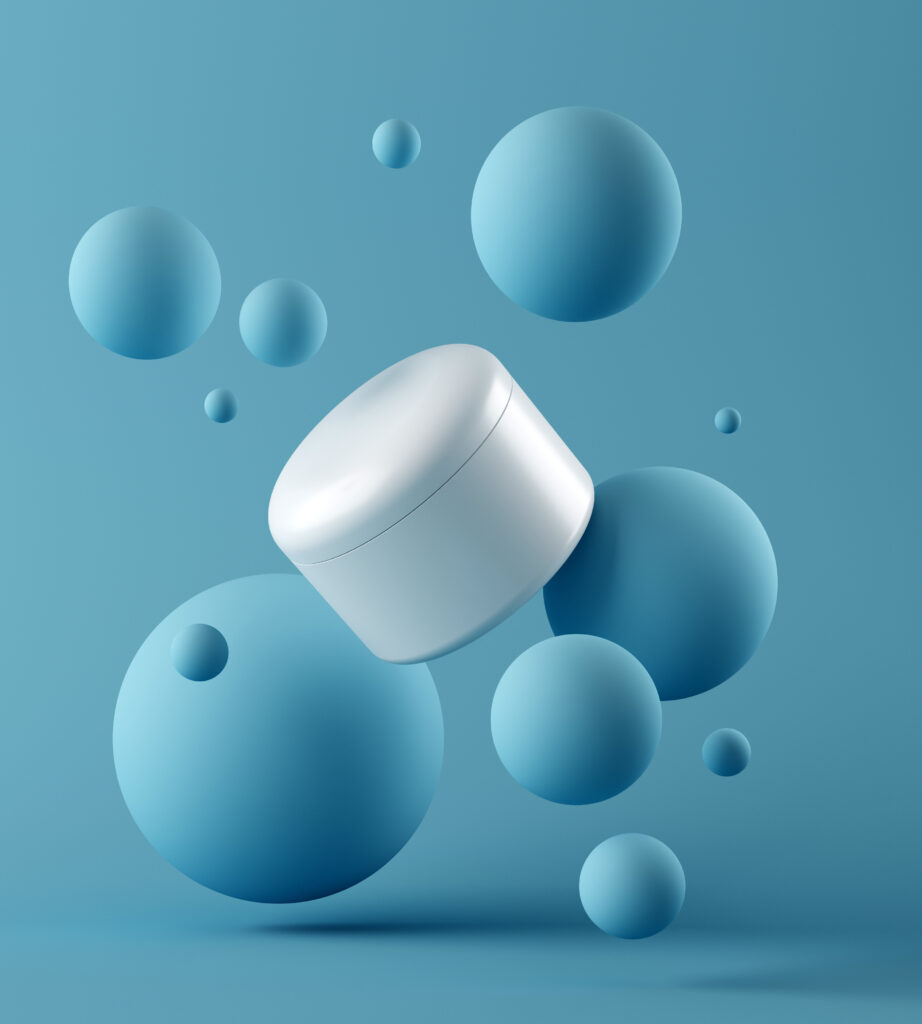Deabitis Screening
What is diabetes?
Diabetes is a chronic condition where your body struggles to regulate blood sugar levels. This happens when your pancreas doesn’t produce enough insulin, or your body can’t effectively use the insulin it does produce. Insulin is crucial for converting sugar from food into energy.
Uncontrolled diabetes can harm blood vessels and nerves, leading to complications like:
Vision problems
Numbness or tingling in hands and feet
Increased risk of heart attack and stroke
Early detection is key to managing diabetes and preventing serious health issues.
Who Should Get Tested?
While diabetes often shows no early symptoms, certain signs might indicate a problem:
Excessive thirst
Constant fatigue
Frequent hunger
Blurry vision
Frequent urination
Slow-healing sores
Even without symptoms, you should consider a diabetes test if you:
Are overweight
Belong to a high-risk ethnic group (African-American, Latino, Native American, Pacific Islander, Asian-American)
Have high blood pressure, abnormal cholesterol levels, or heart disease
Have a family history of diabetes
Have a history of insulin resistance or abnormal blood sugar
Are physically inactive
Are a woman with PCOS or gestational diabetes
The American Diabetes Association recommends a baseline blood sugar test for everyone over 45. This helps monitor your risk as you age.
Remember:
Early diagnosis and proper management can significantly improve your quality of life.
Diagnosis
Symptoms of type 1 diabetes often appear suddenly and are often the reason for checking blood sugar levels. Because symptoms of other types of diabetes and prediabetes come on more gradually or may not be evident, the American Diabetes Association (ADA) has recommended screening guidelines.
Tests for type 1 and type 2 diabetes and prediabetes
Glycated hemoglobin (A1C) test. This blood test, which doesn’t require fasting, indicates your average blood sugar level for the past two to three months. It measures the percentage of blood sugar attached to hemoglobin, the oxygen-carrying protein in red blood cells.The higher your blood sugar levels, the more hemoglobin you’ll have with sugar attached. An A1C level of 6.5% or higher on two separate tests indicates that you have diabetes. An A1C between 5.7 and 6.4 % indicates prediabetes. Below 5.7 is considered normal.
If the A1C test results aren’t consistent, the test isn’t available, or you have certain conditions that can make the A1C test inaccurate — such as if you are pregnant or have an uncommon form of hemoglobin (known as a hemoglobin variant) — your doctor may use the following tests to diagnose diabetes:
Random blood sugar test. A blood sample will be taken at a random time. Regardless of when you last ate, a blood sugar level of 200 milligrams per deciliter (mg/dL) — 11.1 millimoles per liter (mmol/L) — or higher suggests diabetes.
Fasting blood sugar test. A blood sample will be taken after an overnight fast. A fasting blood sugar level less than 100 mg/dL (5.6 mmol/L) is normal. A fasting blood sugar level from 100 to 125 mg/dL (5.6 to 6.9 mmol/L) is considered prediabetes. If it’s 126 mg/dL (7 mmol/L) or higher on two separate tests, you have diabetes.
Disclaimer: These statements have not been evaluated by the Food and Drug Administration. This product is not intended to diagnose, treat, cure, or prevent any disease At Um Diagnostics, we provide health and wellness solutions, including laboratory testing for wellness monitoring, informational, and educational purposes. Please note that, with the exception of specific diagnostic test panels (listed here), our tests are not designed to diagnose or treat medical conditions. They should not replace professional medical advice, diagnosis, or treatment. Additionally, due to regulatory restrictions, our tests are currently unavailable in NY.
Copyright © 2024 – umds.org – All Rights Reserved

